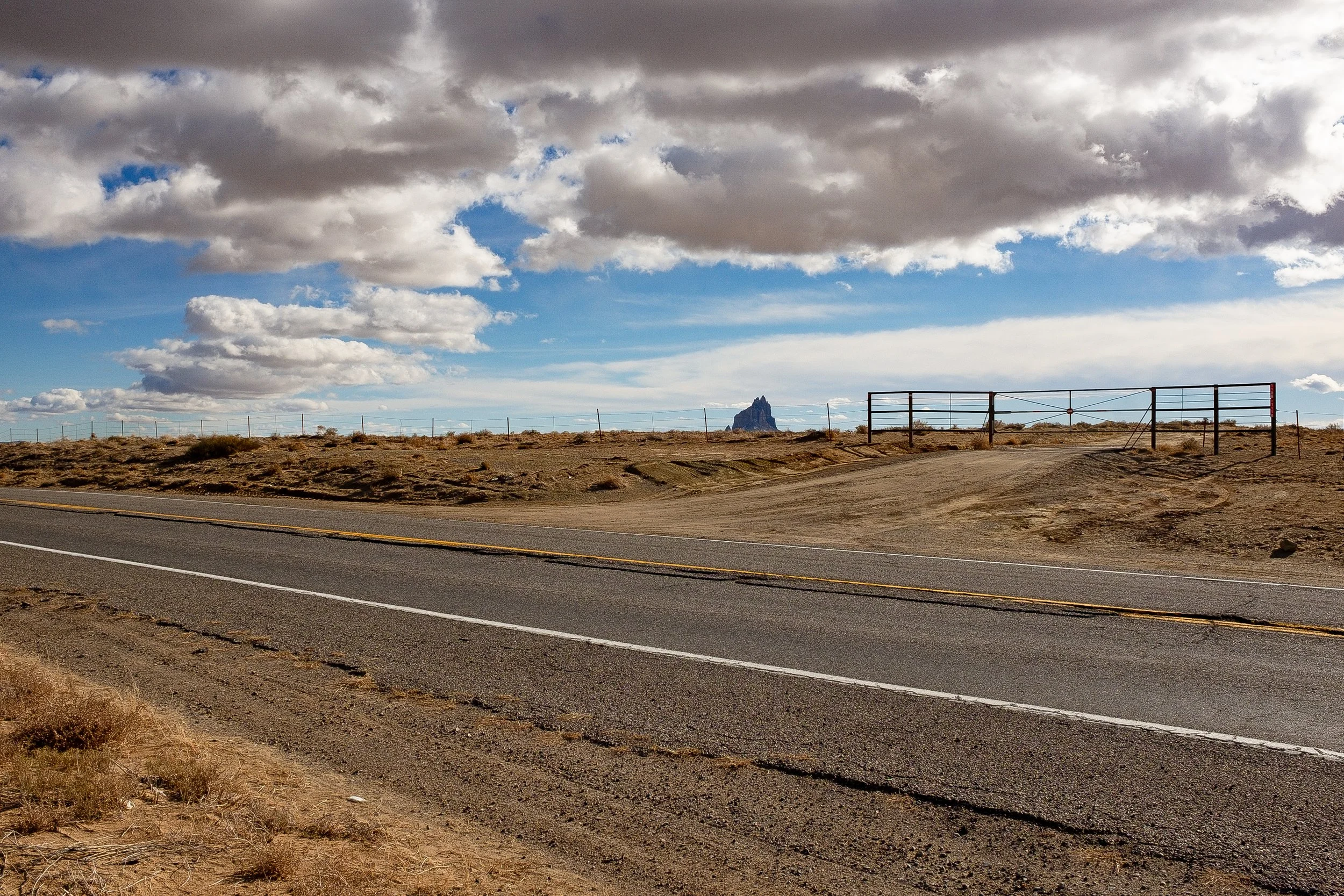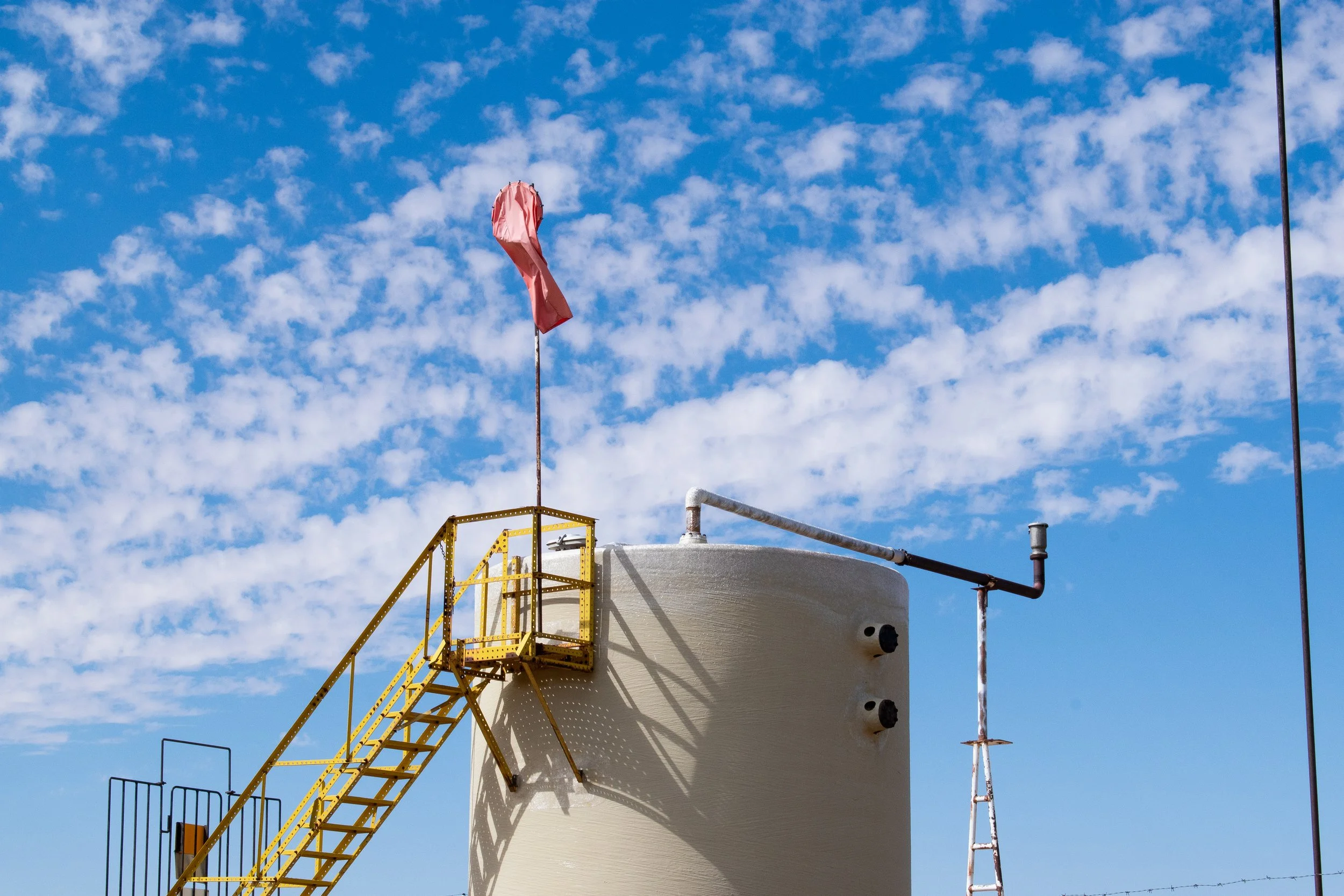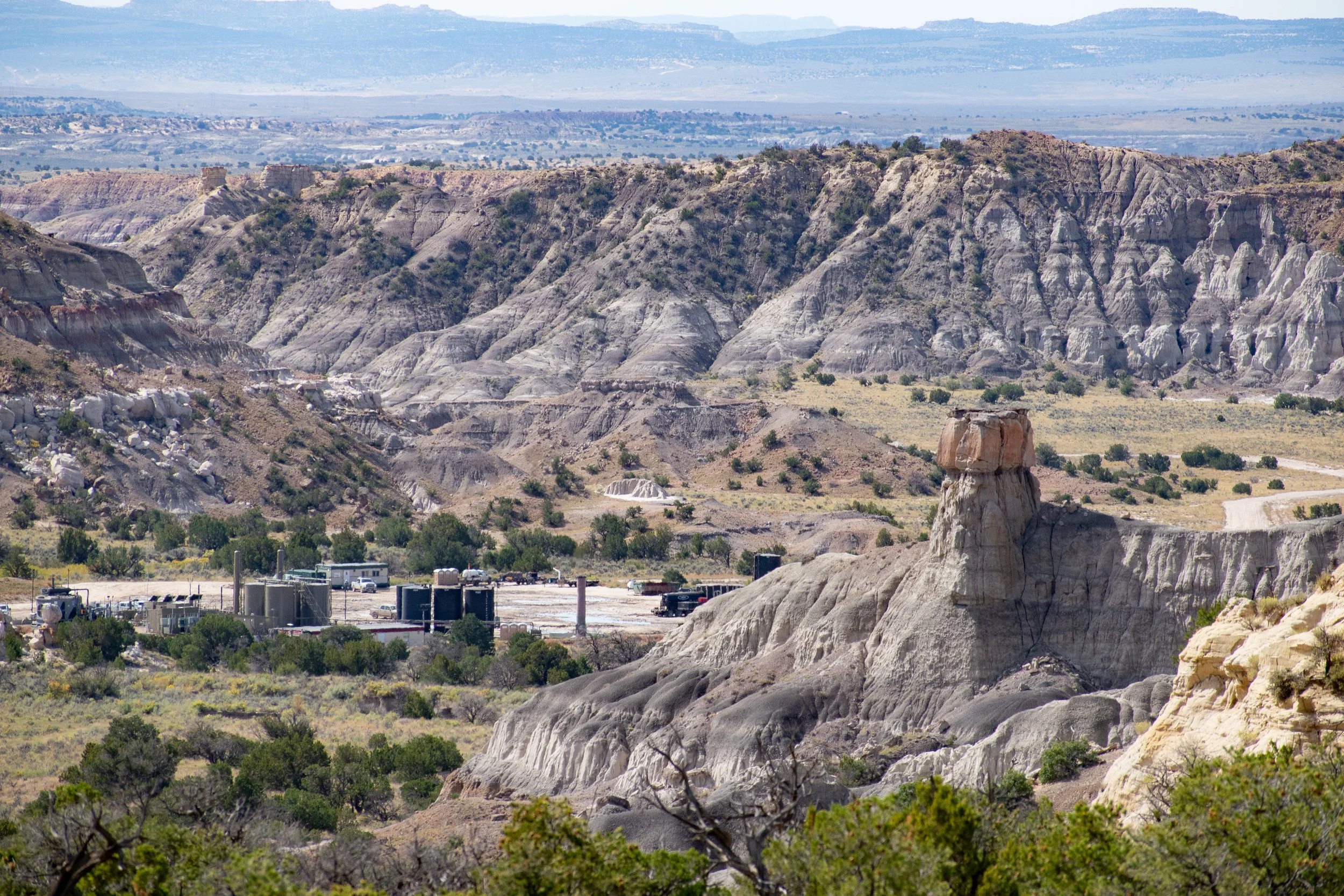Issues
Methane
For too long, oil and gas operators have wasted natural gas through venting, flaring, and leaks that harm our communities. Oil and gas waste and pollution is a growing problem on the Navajo Nation, requiring both federal and tribal government action to protect communities, public health, and the climate. A recent analysis shows companies emit 22,000 tons of methane per year on Navajo Nation lands, wasting the equivalent of 1.5 billion cubic feet of natural gas, depriving the Nation and allottees of millions in royalties while polluting the air and threatening the health of Navajo communities. In fact, the proportion of natural gas lost from production on Navajo lands is twice the national average, highlighting problems of inequity and injustice as compared to oil and gas production on neighboring lands.
Environmental Impacts
Our lands are experiencing longer droughts, less rainfall, less snowfall, more intense wildfires, and hotter summers due to impacts from climate change which threatens the health of the Navajo Nation, especially those without running water or electricity to cool their homes. Resource extraction on Navajo lands releases methane, an extremely potent greenhouse gas. In the short term, it is estimated to be 80 times more powerful than carbon dioxide when it comes to trapping heat in the atmosphere, causing 25% of global warming.
Public Health Impacts
Oil and gas operations also release ozone-forming volatile organic compounds (VOCs) and hazardous air pollutants such as benzene which is known to cause cancer. Ozone pollution can trigger asthma attacks, cause heart disease, and worsen respiratory diseases, posing a threat that is especially harmful for already-vulnerable populations like children, the elderly, or those with existing respiratory illnesses. Ground-level ozone levels in the San Juan Basin are dangerously close to surpassing UlS. EPA’s health standards, putting the health of those living in or near the San Juan Basin at risk. The American Lung Association’s latest State of the Air Report gives San Juan County, New Mexico a failing grade for ozone and San Juan County, Utah (also on the Navajo Nation) received a “C” grade.
People close to oil and gas wells are at the greatest risk from hazardous air pollutants. In fact, of the 150,000 New Mexicans live within a half-mile of a well site, 11,000 are children under the age of five and 26,000 are Native Americans.
Economic Impacts
Methane is the primary ingredient of natural gas,Instead of staying in the pipes and being useful to consumers, a 2022 Environmental Defense Fund report shows that oil and gas companies waste close to 1.5 billion cubic feet of natural gas per year on Navajo lands, enough to meet the annual needs of every home in Navajo Nation for five months. The value of this lost natural gas is equivalent to $4.8 million, which would generate $1.2 million in tax and royalty revenue each year if captured instead – funding that could and should go to important community needs like schools. In fact, the proportion of natural gas lost from production on Navajo lands is twice the national average, highlighting problems of inequity and injustice as compared to oil and gas production on neighboring lands.
Next Steps: An Opportunity to Assert Tribal Sovereignty
In September, 2024 the Navajo Nation Council Resource Development Committee voted 4-0 in favor of Legislation Number 0202-04 “Approving the Navajo Nation Clean Air Act Minor Source Program Regulations.” The unanimous approval of Navajo EPA’s proposed Minor Source Program Regulations is a critical step forward and positions the Navajo Nation as a leader among oil and gas producing tribes with direct oversight over emissions from tribally-owned oil and gas resources. By putting oil and gas operations on tribal lands under the Navajo Nation’s jurisdiction, the Navajo Nation EPA can take action to protect the health of Navajo communities and reduce methane and air pollution.
First, Navajo Nation EPA can seek “Treatment as a State” authority over minor source oil and gas operations and then delegate authority to administer permits under the federal Clean Air Act. Federal permits can transfer to Navajo permits once Navajo Nation EPA adopts protections "at least as stringent" as federal rules.
This past June, the Southern Ute became the first tribe in the U.S. to secure delegated authority. The Navajo Nation can become the second, and in September the Council took a major step toward ensuring the economic and environmental health of its people.
Navajo Nation EPA will need to secure funding to administer the program. This includes support from the Navajo Nation Council as well as U.S. EPA grant funding to administer federal programs and U.S. EPA-U.S. Department of Energy funding under the Inflation Reduction Act’s Methane Emissions Reduction Program.



